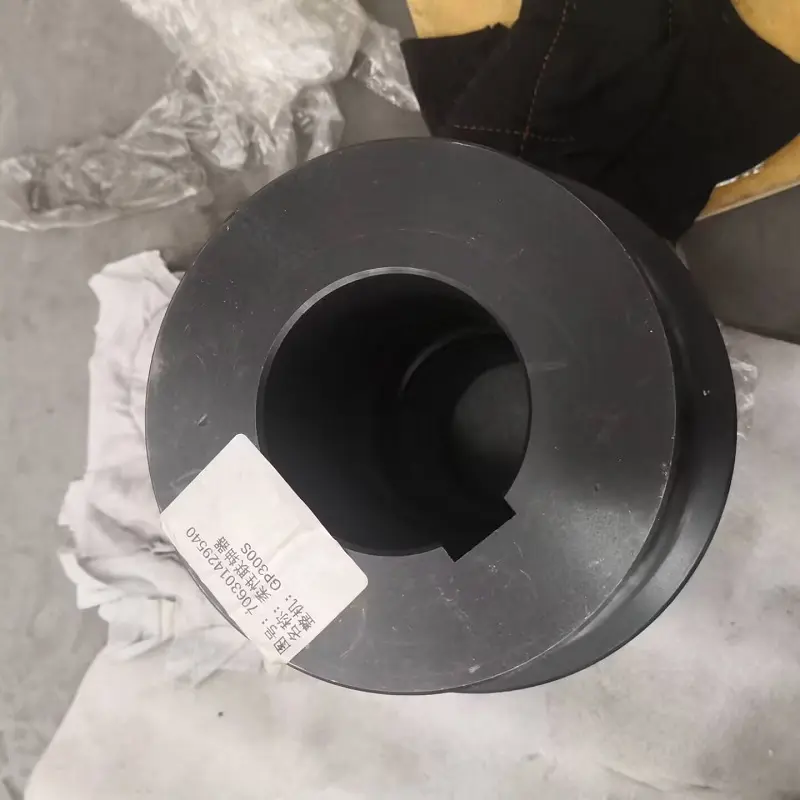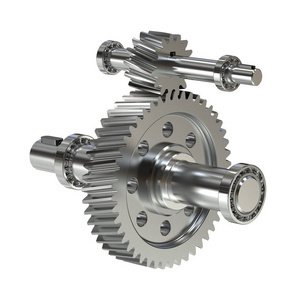In high-temperature environments, choosing the appropriate type of bearing is crucial for ensuring the normal operation of equipment and extending its service life. The following are some types of bearings designed for high-temperature environments and their characteristics. This information can help you understand the selection criteria and maintenance measures for bearings under high-temperature conditions.
First, high-temperature bearing steel
High-temperature bearing steel is a special type of steel with high-temperature stability and wear resistance. It is mainly used to manufacture high-temperature bearings that can maintain good performance and service life at higher temperatures. Commonly used high-temperature bearing steels include GCr15SiMn, GCr15Mo, etc. These materials can still maintain high hardness and wear resistance at high temperatures.
Second, ceramic materials
Ceramic materials, especially silicon nitride (Si3N4) ceramics, are widely used in the field of high-temperature bearings due to their excellent high-temperature resistance. Silicon nitride ceramic bearings can operate stably at temperatures as high as 800 to 1200℃, and they possess excellent wear resistance, corrosion resistance and a low coefficient of friction.
Third, stainless steel materials
Some stainless steel materials, such as 316 stainless steel or 304 stainless steel, also have certain high-temperature resistance, although their high-temperature resistance limits may be lower than those of specialized high-temperature bearing steels and ceramic materials. This type of stainless steel bearing can resist oxidation and corrosion at high temperatures.
Fourth, special alloys
Some special alloys, such as high-temperature alloy steels (like Inconel, Hastelloy, etc.), are also frequently used in the manufacture of high-temperature bearings. These alloys possess excellent high-temperature strength, oxidation resistance and corrosion resistance, and can maintain stable performance in extreme high temperatures and harsh environments.
Fifth, maintenance and lubrication
In high-temperature environments, the maintenance and lubrication of bearings are also very important. It is necessary to regularly inspect the wear condition of the bearings to ensure that they receive proper lubrication and reduce friction and wear. High temperatures can accelerate the oxidation and failure of lubricants. Therefore, high-temperature grease or solid lubricants should be selected to reduce friction and extend the service life of bearings.
Sixth, environmental factors
In addition to temperature, other environmental factors such as dust, humidity and vibration can also affect the performance of bearings. When choosing bearings, these factors need to be taken into account to ensure that the bearings can maintain stable performance in high temperatures and other harsh environments.
Seventh, Conclusion
Selecting the appropriate type of bearing in high-temperature environments is crucial for ensuring the normal operation of equipment and extending its service life. The selection of high-temperature bearing materials is diverse, mainly determined based on the operating temperature of the bearing, working environment, load conditions, and the required performance requirements. When choosing high-temperature bearings, it is necessary to comprehensively consider the operating temperature of the bearings, the working environment, the load conditions and the required performance requirements. For instance, bearings operating at extremely high temperatures may require the selection of high-temperature resistant materials such as silicon nitride ceramics; In environments where resistance to corrosion and oxidation is required, stainless steel or special alloys may be better choices. In addition, factors such as the cost of materials, processing difficulty, and compatibility with other components also need to be taken into consideration. Overall, the selection of high-temperature bearings is a complex process that requires comprehensive consideration based on specific application scenarios and requirements.
Post time: Jun-26-2025


